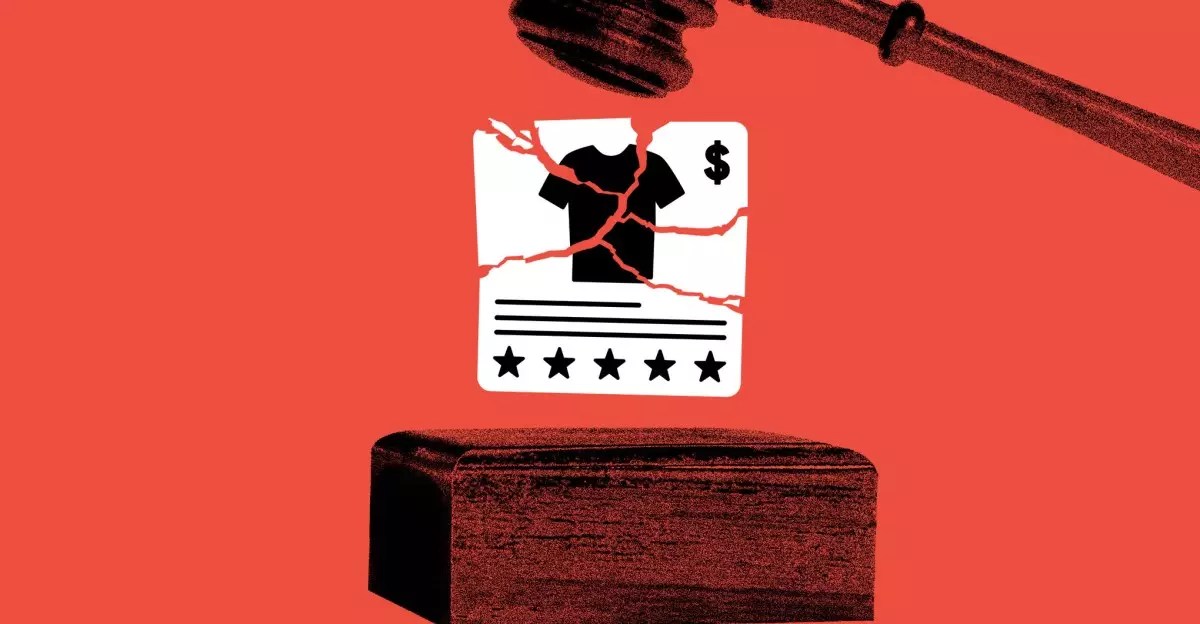In an era where technology giants wield unprecedented influence over our digital lives, the recent pursuit of Google by the U.S. Justice Department signifies a pivotal shift in addressing monopolistic power. For years, the behemoth’s dominance across multiple sectors—search engines, advertising exchanges, operating systems—has raised alarms about stifled innovation, unfair market practices, and erosion of consumer choices. Now, federal authorities are finally pressing for meaningful change, aiming to dismantle parts of Google’s sprawling empire to restore competitive fairness.
This renewed effort is rooted in a fundamental belief: that unchecked monopolies distort markets and harm consumers. Google’s dominance in the advertising technology sector, particularly through its Ad Exchange (AdX), exemplifies how a single company can leverage its control to hinder rivals, inflate costs, and entrench its monopoly. The Justice Department’s demand for Google to divest its AdX platform isn’t merely punitive; it’s a strategic move to foster a more open, competitive landscape where innovation isn’t locked behind Google’s closed ecosystem.
This case underscores a crossroads for the tech industry. With judges’ rulings explicitly acknowledging Google’s monopolistic tendencies, the legal system is signaling an assertive stance, signaling that large corporations cannot operate beyond scrutiny. However, this pursuit isn’t just about punishing Google—it’s a bold experiment in whether the courts can effectively recalibrate a market that’s grown too concentrated, too powerful, and too resistant to traditional regulatory oversight.
The Legal Battlefield: Can Divestiture Reinstate Competition?
The upcoming trial in Alexandria, VA, represents a critical test for antitrust enforcement. Unlike previous cases where Google’s monopolistic claims in search were met with partial remedies, the focus on advertising technology might trigger more substantial structural changes. The Justice Department’s proposal to force Google to sell its AdX exchange is rooted in significant findings: Google has tied its AdX platform to its publisher ad server, DoubleClick for Publishers, creating an unfair barrier for competitors and chilling innovation.
This move confronts one of the core issues: whether Google’s integration of key ad services amounts to illegal monopolistic behavior. If the court orders a breakup, it could set a precedent that structural separation—not just behavioral conduct—is necessary to promote genuine competition. It’s a radical step, but one that might be justified given the evidence that Google leverages its ecosystem to squash rivals and marginalize independent ad tech firms.
Yet, the challenge lies in implementation. The legal process is protracted, with the potential for years of appeals. Even if the court mandates a breakup, enforcement remains an uphill climb, especially considering Google’s vast resources and influence. What’s more, the effectiveness of divestiture in promoting competition hinges on the specifics—will the sale of AdX truly dismantle Google’s gatekeeping role, or will new entanglements emerge?
Google’s Defense: Framing Business as Fair Competition
Google’s stance in the face of these charges is characterized by a narrative of strategic innovation rather than misconduct. The company argues that its practices are lawful and that its dominant position stems from consumers’ preferences and superior technology. Google claims that its integration of ad services benefits publishers by providing seamless options and that its alleged anti-competitive tactics are either misunderstood or misrepresented.
The tech giant has proposed measures such as allowing third-party publishers greater access to real-time bidding data on AdX, ostensibly to improve competition. Furthermore, it suggests that it can address the government’s concerns through minor behavioral adjustments—like freeing publishers from certain restrictions or modifying auction tactics—rather than resorting to structural breakups. Google’s reliance on self-regulation and minor reforms underscores its stance that its business model is fundamentally efficient and innovative, not monopolistic.
However, critics argue that such proposals are superficial fixes crafted to stave off more drastic consequences. They believe that Google’s real intention isn’t reform but maintaining its dominance by controlling key levers of the ad market. The tension here illustrates a larger debate over whether one can regulate monopolistic practices through behavioral remedies or if structural separation is the only genuinely effective route.
The Broader Implications: Setting a New Legal Standard for Tech Giants
This legal confrontation signifies more than just a dispute between the Justice Department and Google—it’s a defining moment for the future of antitrust law in the digital age. Success or failure in this case could redefine how monopolistic conduct is addressed, especially in tech sectors where market power is often opaque and heavily integrated.
Should the courts choose to enforce real structural changes, it could unleash a wave of similar actions against other dominant firms like Amazon, Facebook, and Apple, who similarly control critical platforms and data pipelines. Conversely, if Google’s appeals succeed, it might embolden monopolistic consolidation, giving tech giants a freer hand to expand and entrench their influence.
Critically, the public and policymakers are watching closely. The outcome could either bolster efforts to rein in Big Tech or reinforce the notion that these corporations are too big and too powerful to be challenged effectively through existing legal frameworks. I believe that a decisive move toward structural divestitures, if justified by evidence, is essential not just to rectify Google’s past conduct but to prevent the tech industry’s monopolization from becoming an insurmountable barrier to competition in the future. The courts’ willingness to break up Google will serve as a litmus test of whether regulatory intervention can be both strong enough and smart enough to safeguard a vibrant, competitive digital economy.

